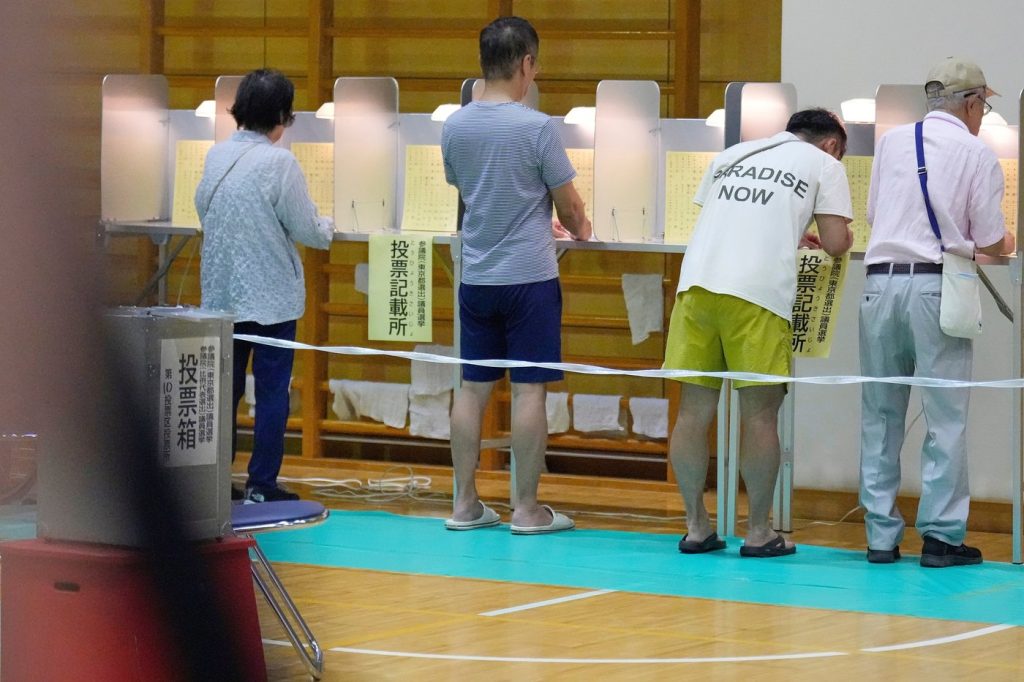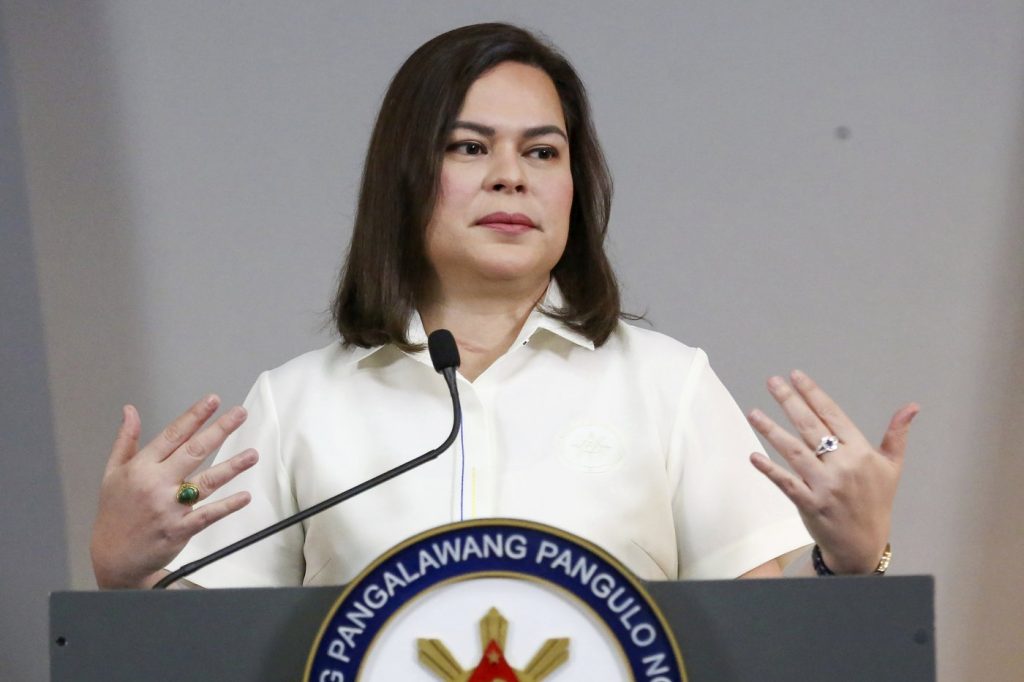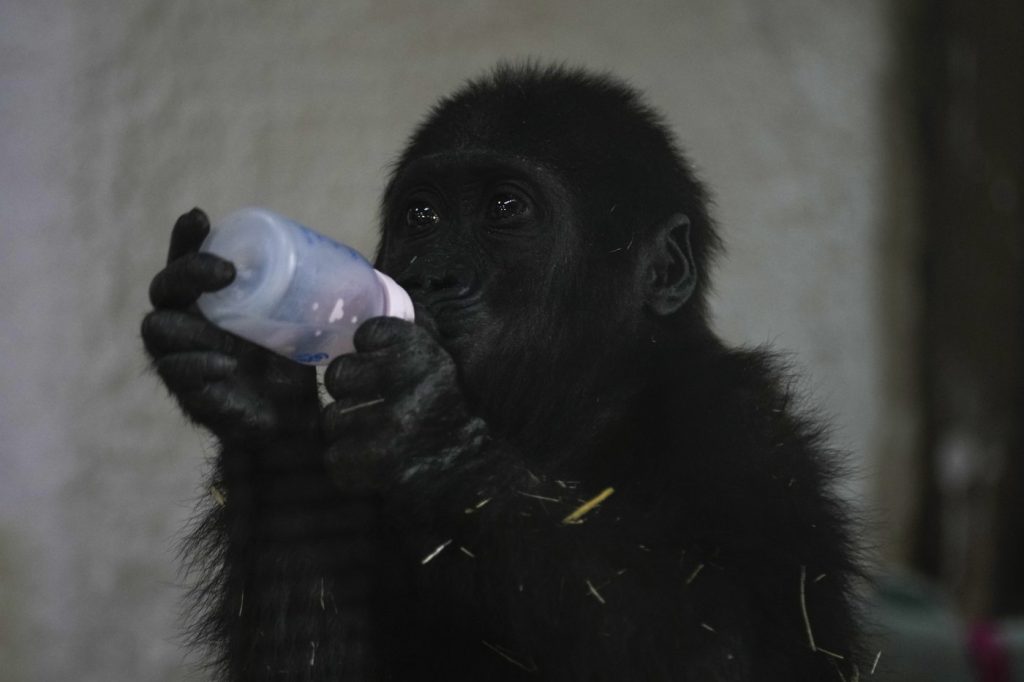TOKYO (AP) — Voters in Japan cast their ballots on Sunday for half of the 248 seats in the upper house of the Diet, a crucial election amid a challenging political landscape for Prime Minister Shigeru Ishiba and his ruling coalition. The election results could potentially deepen the political instability that Japan has been facing.
The ruling coalition, led by Ishiba’s Liberal Democratic Party (LDP) and its junior partner Komeito, aimed for a modest target of securing a simple majority of 125 seats. Early results from the election were anticipated by Sunday night. Pre-election media surveys, however, suggested that Ishiba’s coalition might face substantial setbacks, a steep decline from the 141 seats held before the election.
A poor performance in this vote wouldn’t instigate an immediate change in government since the upper house lacks the authority to file a no-confidence motion against the Prime Minister. Nonetheless, it could exacerbate uncertainty regarding Ishiba's future and that of Japan’s political stability. There would likely be internal pressure within the LDP for Ishiba to resign or to seek alternative coalition partners.
Japanese voters have been expressing frustration over rising prices, stagnant incomes, and the financial strain of social security payments. The emergence of stricter measures regarding foreign residents and visitors has also resonated with voters, as a growing right-wing populist party has adopted a prominent anti-foreign stance in its campaign.
This election follows Ishiba's coalition losing its majority in the lower house election held in October, which was marked by past corruption scandals. Since then, his unpopular government has had to make concessions to the opposition to pass legislation, struggling to provide effective responses to the issues of rising prices and decreasing wages.
International pressure has also mounted, notably from U.S. President Donald Trump, who has criticized the lack of progress in trade negotiations and a shortfall of U.S. auto sales and American-grown rice in Japan. A forthcoming 25% tariff scheduled for implementation on August 1 poses an additional challenge for Ishiba.
Ishiba has refrained from making compromises prior to the election. However, even after the election, the prospect for a breakthrough in consensus with opposition parties remains bleak for the minority government. Frustrated voters are increasingly turning towards emerging populist parties, but the eight major opposition groups remain too fragmented to present a united front to compete effectively with the LDP.
The populist party Sanseito has gained attention for its hardline anti-foreigner stance with its "Japanese First" platform, proposing a new agency to consolidate policies related to foreign residents. Their platform further includes anti-vaccine sentiments, anti-globalism, and support for traditional gender roles.
Conservative and centrist opposition groups, such as the Constitutional Democratic Party of Japan (CDPJ), the Democratic Party for the People (DPP), and Sanseito, have made significant inroads at the expense of the LDP during this election cycle. The rise of xenophobic rhetoric throughout the election campaign and across social media platforms has ignited protests from human rights activists and raised concerns among foreign residents in Japan.
The LDP’s lengthy dominance of Japanese politics has historically provided a considerable degree of political stability and social conformity. However, voters now find themselves divided between the desire for stability and the call for change, with growing apprehension regarding the increasing tide of xenophobia.
Yuko Tsuji, a 43-year-old consultant, expressed her support for the LDP as a means to ensure stability and unity. She stated her hope that the ruling party would govern in a way that does not promote division. In contrast, 57-year-old self-employed Daiichi Nasu articulated his desire for a more inclusive society, advocating for open immigration and progressive gender policies, leading him to vote for the CDPJ.










